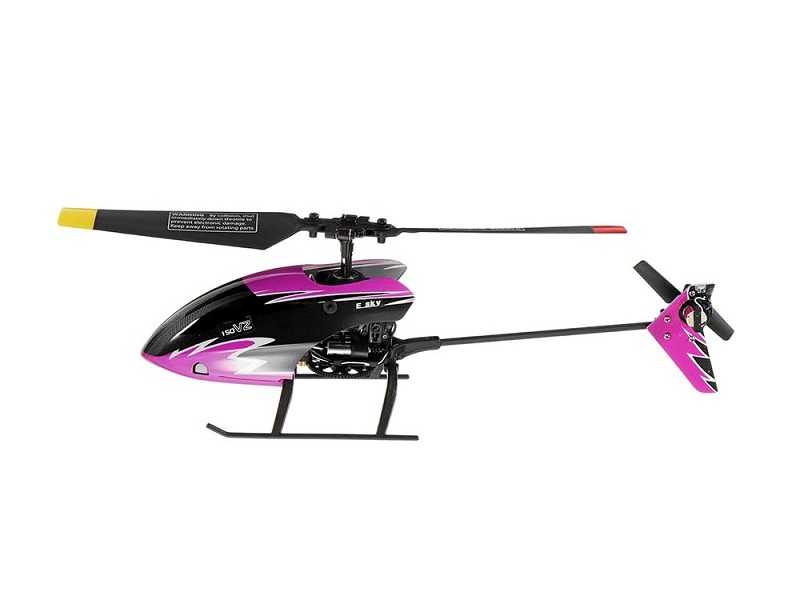How fast can a helicopter go?

A helicopter’s top speed is largely dependent on the type, size, and power of the helicopter. Typically, a helicopter’s speed is limited to about 150 knots (approximately 173 mph) due to its design and the need to maintain lift and thrust. The maximum airspeed of a helicopter is generally measured by its “Vne”, which is the velocity at which the aircraft is no longer considered safe to fly. As a result of the fact that the maximum speed of a helicopter is determined by its design, the answer to the question “how fast can a helicopter go” will vary depending on the type of helicopter in question.
When looking at the speed of “lightweight” helicopters, it is important to consider the power-to-weight ratio. Generally, a lighter helicopter will be capable of reaching higher speeds, as the engines can generate more power for the same weight. A Robinson R22, for example, has a maximum speed of 95 knots (approximately 109 mph) and is considered one of the fastest lightweight helicopters.
Heavyweight and military helicopters, on the other hand, typically have much higher maximum speeds. The Mi-17 has a maximum speed of 197 knots (approximately 226 mph), and the Sikorsky CH-53 Sea Stallion has a maximum speed of 206 knots (approximately 237 mph). As helicopters are generally used for transportation, rather than speed, the majority of these heavy helicopters have been modified to prioritize fuel efficiency over speed.
In addition to the type of helicopter, the speed of the helicopter can also be affected by external factors. Generally, hot and humid temperatures can slow a helicopter’s speed, as the temperature affects the air density and thus the power. Wind speed can also affect the speed of a helicopter, as strong headwinds will slow down the aircraft, while strong tailwinds can help increase the speed of a helicopter.
Ultimately, the answer to the question “how fast can a helicopter go” will depend on the type, size, and power of the helicopter. Lightweight helicopters typically reach speeds of up to 95 knots (approximately 109 mph), while heavier, military-grade helicopters can reach speeds of up to 206 knots (approximately 237 mph). External factors such as wind speed and temperature can also affect the speed of the aircraft, as can any modifications made to the helicopter’s design.
Comments / Question
1. Maintaining the recommended airspeed for the aircraft. High speeds can cause the aircraft to become unstable and difficult to control.
2. Keeping an eye on the engine temperature. High speeds can cause the engine to overheat and lead to failure.
3. Monitoring the rotor RPM. High speeds can cause the rotor RPM to increase, leading to vibration and possible failure.
4. Avoiding turbulence. Turbulence can cause the helicopter to become unstable and difficult to control.
5. Ensuring that all passengers are properly secured. High speeds can cause passengers to become unsecured and be thrown from the aircraft.
2. Power: The more powerful the engine, the faster the helicopter can fly.
3. Payload: The more weight the helicopter is carrying, the slower it will fly.
4. Air density: The density of the air affects the lift generated by the rotor blades, so the higher the air density, the faster the helicopter can fly.
5. Temperature: The higher the temperature, the thinner the air, and therefore the slower the helicopter can fly.
6. Wind speed: The faster the wind, the more difficult it is for the helicopter to maintain its speed.

